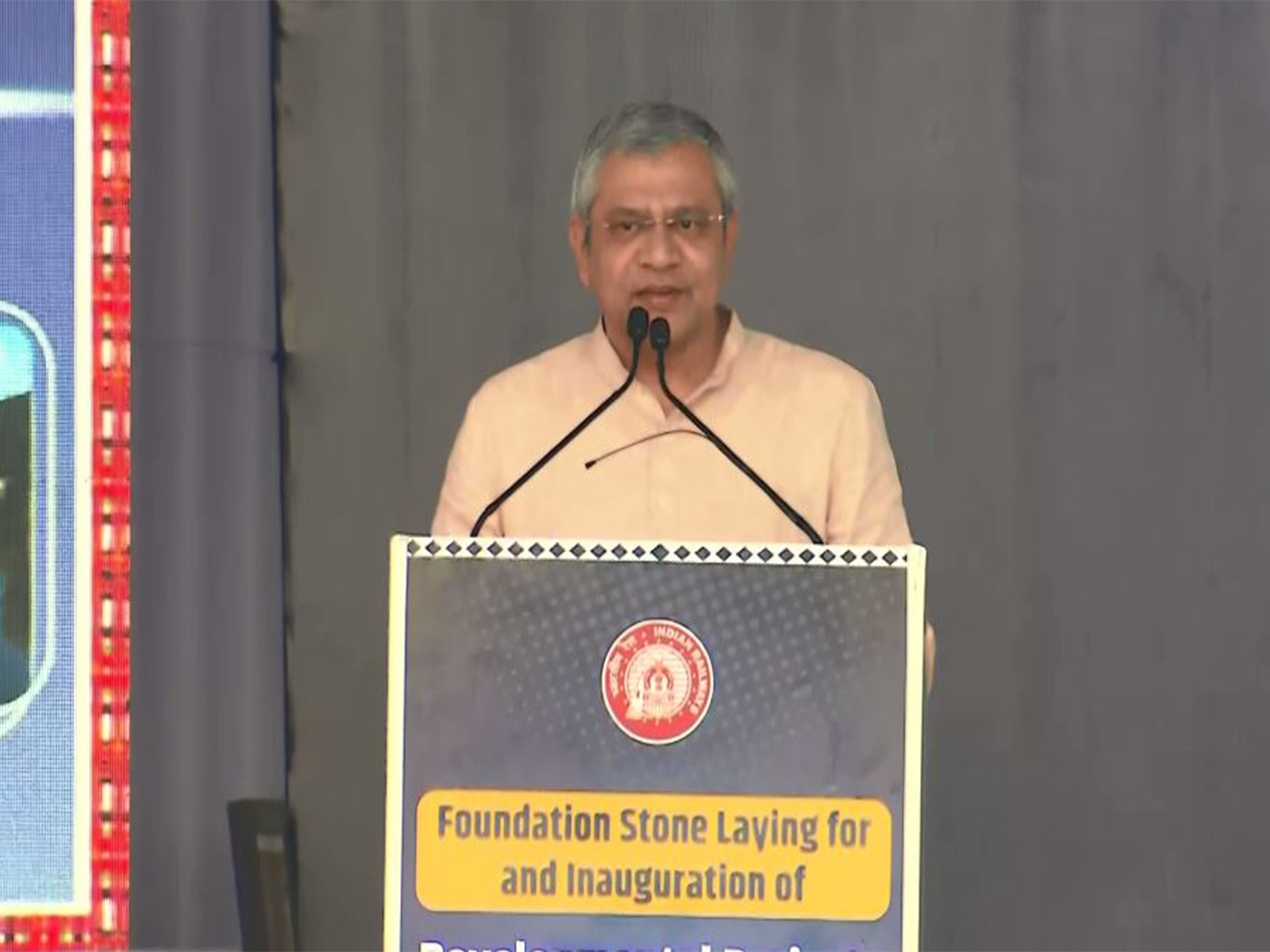Pakistan's unemployment rate jumps to 6.9 per cent in 2018-19
Sep 18, 2021

Lahore [Pakistan], September 18 : Pakistan's joblessness has jumped from 5.8 per cent in 2017-18 to 6.9 per cent in 2018-19, according to the Labour Force Survey (LFS) published by the Pakistan Bureau of Statistics (PBS) on Thursday.
The first year of Pakistan Tehreek-i-Insaf in power saw an increase in unemployment in the case of both males and females, with the male unemployment rate rising from 5.1pc to 5.9pc and female unemployment rate jumping from 8.3pc to 10pc, reported Dawn.
The disaggregated LFS data shows that the unemployment rate in urban areas stood at 7.9pc, up from 7.2pc a year before.
In absolute terms, the number of people actively looking for jobs increased by 0.92 million to 4.71 million in FY19 from 3.79 million the previous year as the number of the country's total workforce rose to 68.73 million from 65.5 million during the period under review.
It also meant that at least 3.23 million people entered the market seeking employment at a time when the national economy's capacity to create new jobs had just started shrinking and the businesses had started laying off their employees owing to the emerging macroeconomic imbalances, reported Dawn.
The increase in unemployment was more pronounced in rural areas where it surged to 6.4pc from 5pc. The sharper escalation in rural unemployment is attributed to higher female unemployment, which spiked to 8.5pc from 5.9pc during the period under review. This compares to rural male unemployment of 5.5pc and 4.7pc for the two years under review.
Agriculture remains the largest employer absorbing 39.2pc of the total workforce compared to 38.5pc the previous year despite its less than a fifth share in the economy.
It is followed closely by the services sector accounting for 37.8pc employment and manufacturing absorbing 23pc, down from 23.7pc, job market.
The services sector contributes above 60pc to the economy and manufacturing around 20pc, reported Dawn.
The survey also indicates changes in employment shares with an increase observed in agriculture, forestry, fishing, construction, community/social and personal services.
However, the jobs decline in manufacturing and wholesale and retail trade, reported Dawn.


















